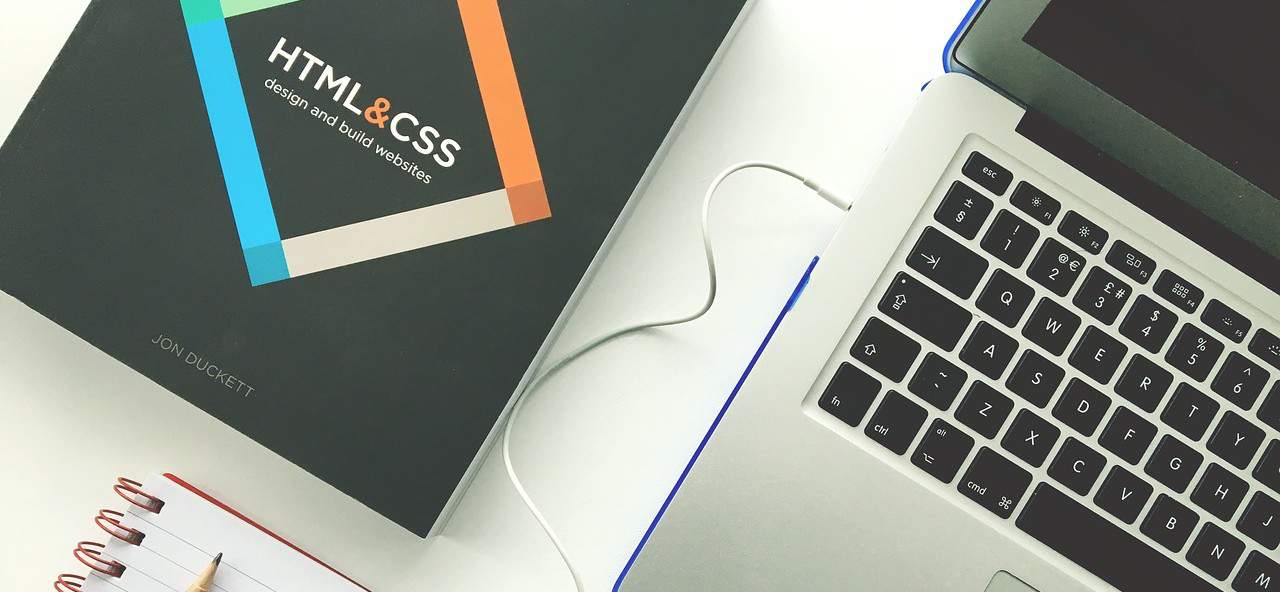HTML is the foundation of the web. It’s what allows us to create structured documents with headings, paragraphs, and lists, and stylize them with CSS. If you’re new to HTML or want to brush up on your skills, these 10 tips will help you get started.
You are a beginner who wants to learn HTML and CSS. There are plenty of books, tutorials, and courses out there, but they all assume you know the basics already.
The headless Forms team will teach you the 7 most important things about HTML in 10 minutes or less.
1. Understand the Structure of Web Pages
HTML is the structure of web pages. It defines the layout of a document, including the headings, paragraphs, and other elements. You need to understand HTML in order to create or edit web pages.
2. Use Tags to Create Links and Menus
Tags can be a great way to organize your HTML document and make it easier to find the information you want. They can also be used to create links and menus. To create a link, use the link tag:
<a href=”http://www.example.com”>My Home Page
To create a menu, use the menu tag:
- Menu Item 1
- Menu Item 2
3. Add Images and Other Media Files
Adding images and other media files can help make your web pages more appealing and engaging. Images can add a sense of depth to a page, while videos and other media files can provide valuable information or entertainment.
When adding media files, be sure to keep file size and loading time in mind. Additionally, make sure to use the correct file types for your content. For example, gifs should be used for image animations, while videos should be uploaded as MP4s. Finally, consider using CSS to style your images and media files to create a unique look for your webpage.
4. Format Text with Styles and Paragraphs
In order to improve the look and feel of your text, you can use styles to format your text. Styles are sets of rules that you can apply to entire blocks of text or individual characters. For example, you can use the normal style to format all paragraphs in your document, or you could use a bold style to make your text more attention-grabbing.
You can also use paragraphs to break up long sentences and make your writing more readable. A good way to do this is by indenting each new paragraph one space below the previous one. This will help readers follow the flow of your argument and understand what each sentence is saying.
5. Create Navigation Bars and Buttons
Creating navigation bars and buttons can be a great way to improve the appearance of your website. Using the right techniques, you can create attractive, user-friendly interfaces to help your site stand out.
To create a navigation bar, start by creating a header section of your page. This should be at the top of the page and should include a title and any other relevant information. Next, add a main body section below the header.
This should contain all of the main content on your page. To add buttons to this section, simply create rows of equal width and divide them into columns. Then, add text labels to each button (e.g., “Home”, “About”), and assign appropriate images to them (e.g., a photo of your logo).
6. Add Forms and Input Fields
Forms and input fields are a common addition to any website or application. They allow users to enter information easily and accurately, which can save time and make the process of using your site or application more streamlined for both you and your users. Here are 10 tips for creating effective forms and input fields:
1. Use plain language when describing your form’s requirements. This will make it easier for users to understand what is required of them, and less likely that they will mistype information.
2. Make sure all form fields are clearly labeled with relevant keywords. This will help users quickly identify the field they need to fill in, and reduce the chance of them submitting incorrect information.
3. Include helpful hints near each field if necessary, to clarify how it should be filled in (e.g., maximum character length).
4. Provide a method for users to submit their data directly without having to leave the form area (e.g., via a clickable button). This can save them time and ensure their data is entered correctly into the field(s).
7. Optimize Your Web Page for Speed and SEO
- Create an effective title for your web page
- Optimize images for size and file type
- Make sure all text is properly formatted
- Avoid using Flash or Java
- Minimize HTTP requests
- Avoid using frames
- Ensure that all links open in a new tab or window
- Enable compression for files with large content
Conclusion
These are 10 simple tips that will help you create better web pages. With these tips, you’ll be able to enhance your website design skills and improve your online presence!
